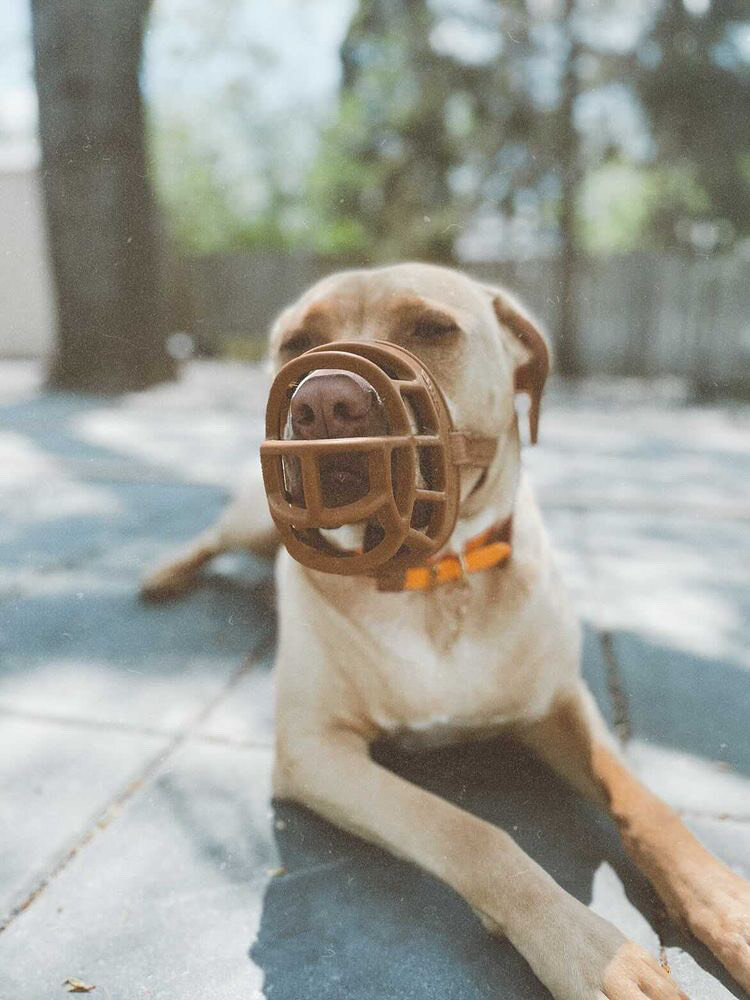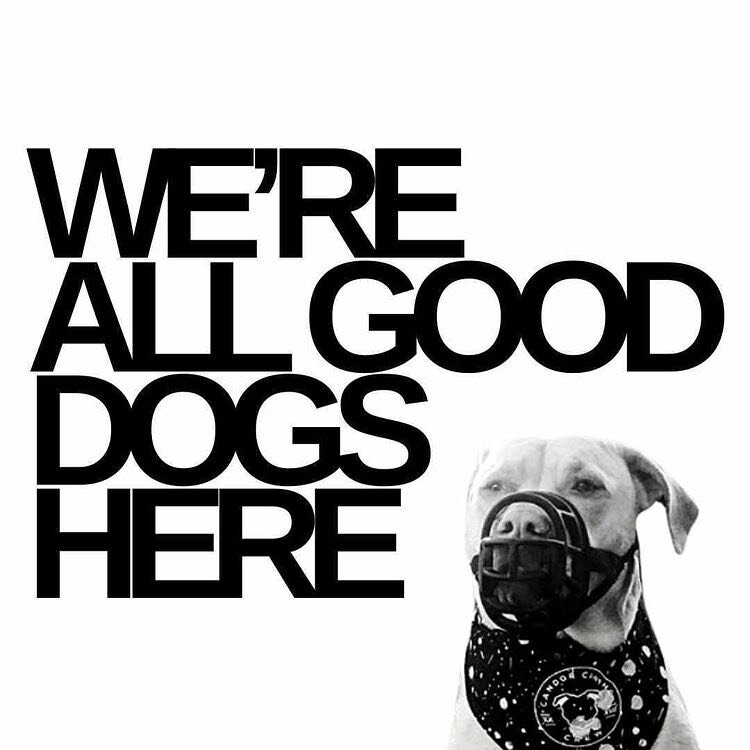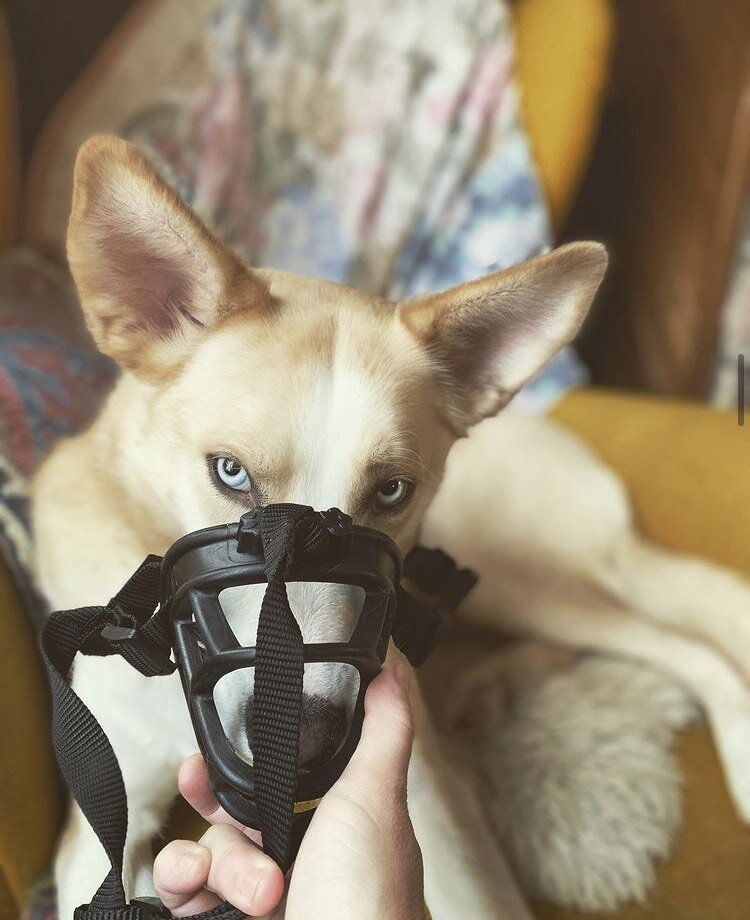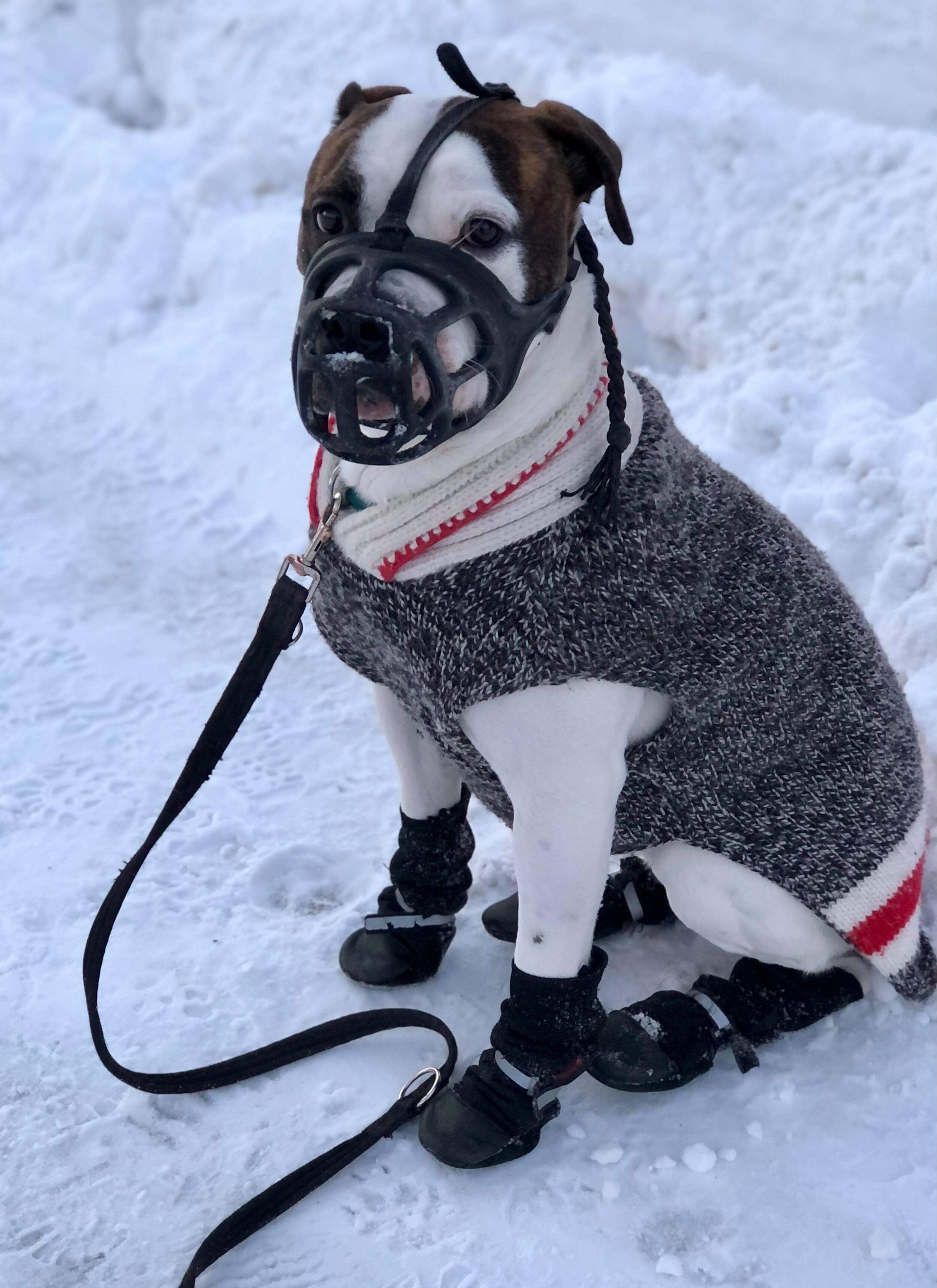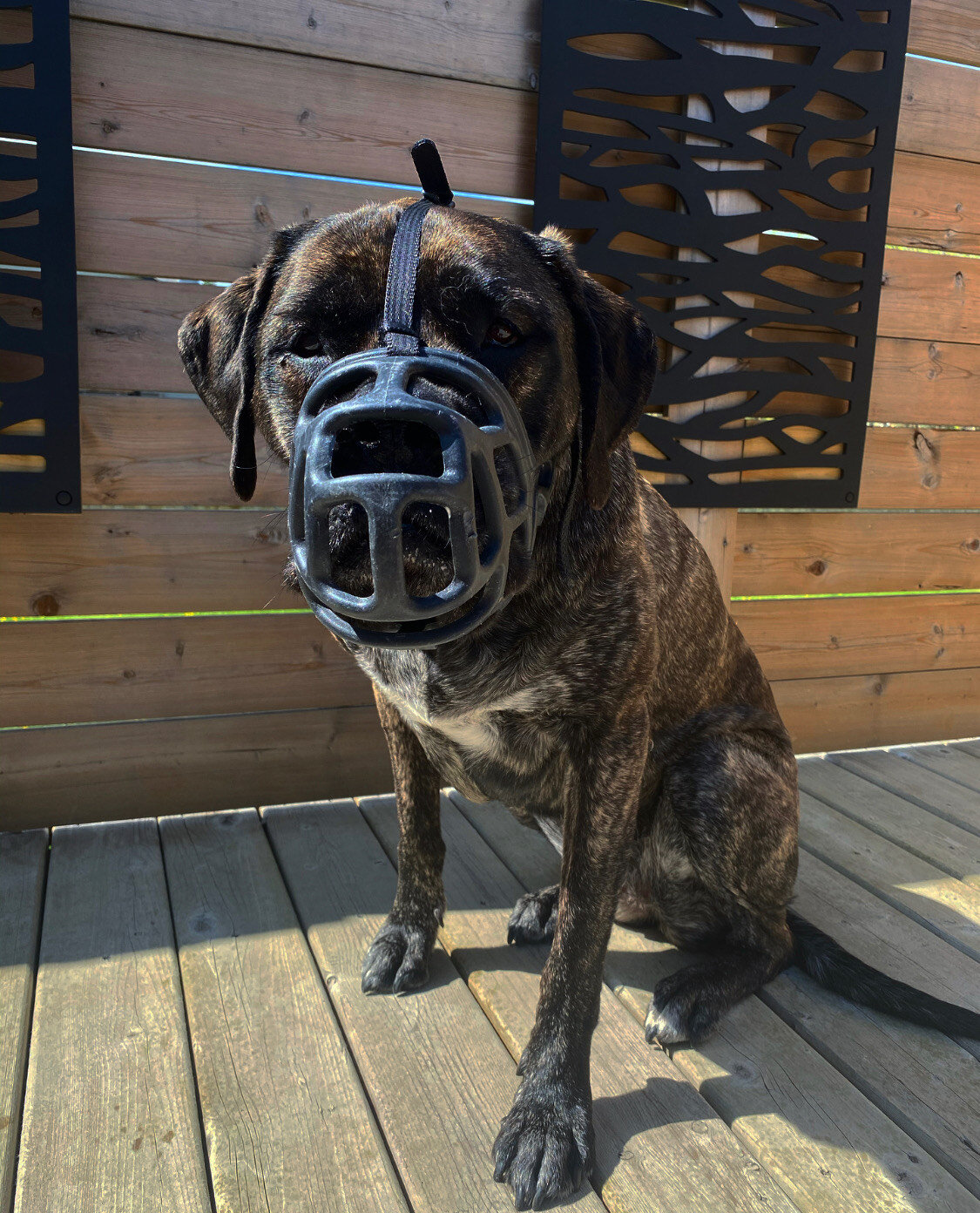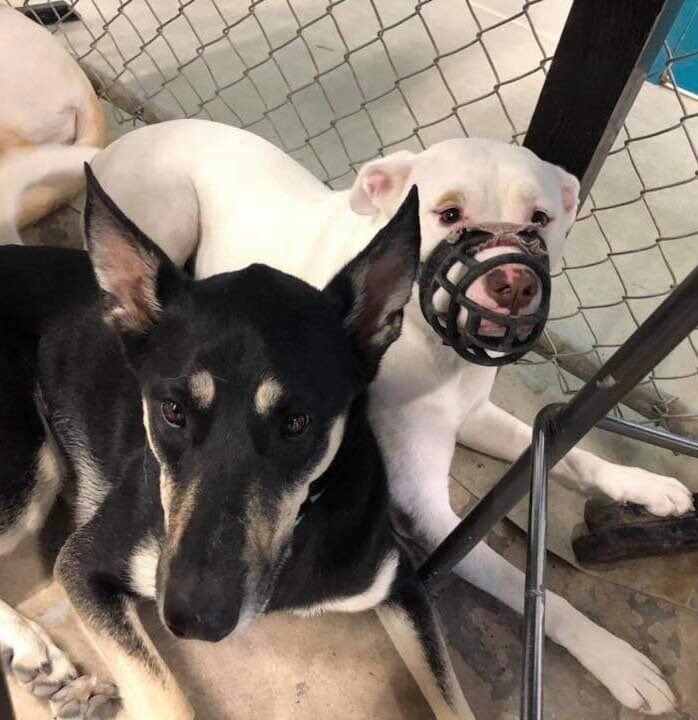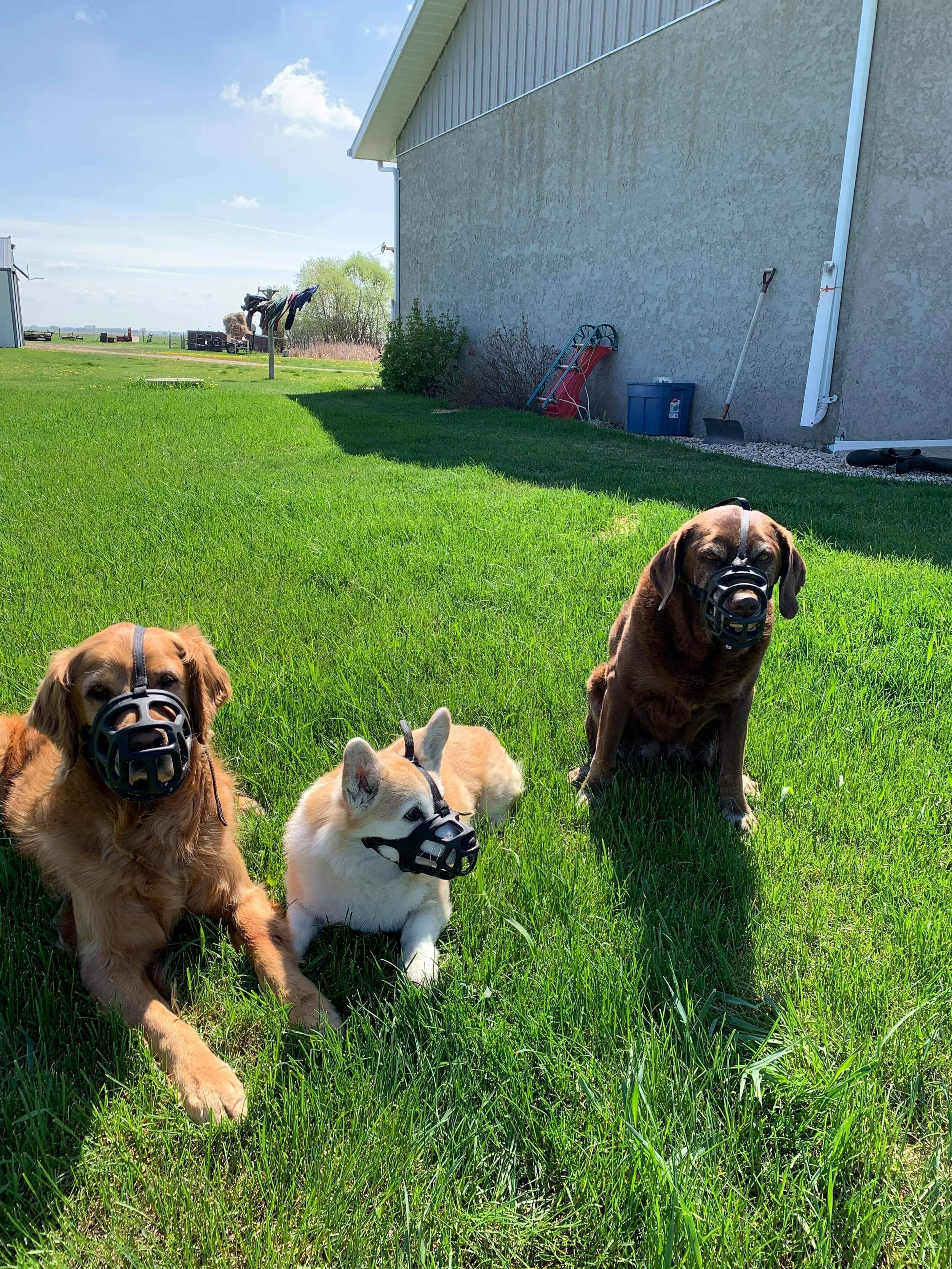Muzzles are for Good Dogs (P.S. there are no bad dogs)
Photo courtesy of Dr. Valli Fraser-Celin @thelivesofwilddogs
Muzzles are for good dogs. And there are no bad dogs.
Have I ruffled any feathers yet?
Let’s actually start with the “bad dog” statement. Unlike some humans, dogs are not malicious creatures. Therefore there is truly no such thing as a bad dog. Yes, dogs can be dangerous. Yes, dogs can be mentally unwell. And yes, dogs can be unpredictable and reactive. However, these types of dogs are not inherently “bad.” They are often misunderstood to the point of endangerment, to both themselves and those around them.
I felt like we needed to clear the air with that little bit of housekeeping. Now we can move on to the next item at hand: Muzzles are for good dogs, and there are no bad dogs.
Courtesy of Jamie Barber CPDT-KA, Candor Canine Co
Why Muzzle Training?
Now that we know that there are no bad dogs, why do good dogs need a muzzle? Well, because just like good people sometimes say things that they don’t mean, good dogs can do things (bite) when they find themselves in what they perceive to be threatening situations. Every dog, from puppyhood onward, should be muzzle trained for exactly this reason and many more. Let’s break it down into an easy list:
Bite Safety (for people and other dogs)
Reactive Dogs (the dogs that react impulsively to new or frightening situations)
A visual cue to give a dog space (personal bubble)
Safety for scavengers (the dogs who eat anything and everything)
Just-in-case-vet-visits
We Need to Destigmatize Muzzles
Let’s talk about reactive dogs first, because they get the worst press. Some dogs are in various stages of their learning journey, and may be using a muzzle as a tool that allows them to safely explore their environment with their responsible owner. If you see a dog wearing a muzzle while out on a walk, consider congratulating their owner for going the extra mile to help their dog. Please also take the muzzle as a visual cue that their dog may need a little space when passing them on the sidewalk.
I cringe at the thought of my friends being approached by strangers and openly criticized for using a muzzle on their dog. I also cringe at a memory of walking my childhood German Shepherd as a twelve year old, and having a stranger approach me only to criticize me for muzzling my dog (it was a Halti Headcollar by the way….But that’s a whole other discussion).
I am not entirely sure why people are so put off by the sight of a muzzle, such that they feel entitled to shame dog owners who are simply doing the right thing. Sure, muzzles historically aren’t the most friendly, fashionable or “delicate” accessory. But there was a time when glasses weren’t fashionable, and now they are a sought after accessory and widely accepted by society. So let’s aim for the same sentiments towards muzzles.
Side note: There are some really fun muzzles being made these days so check out https://muzzleupproject.com for inspiration.
Muzzles at the Veterinary Clinic
The next example for muzzle usage is a visit to the veterinary clinic. Such visits may be occurring because your dog is in pain. Perhaps it’s something minor like a broken nail, or as major as a laceration requiring surgery. Now imagine the human version of what your dog may be experiencing: You are in a foreign country where you do not speak the language. You are separated from your family. You have broken your leg and a team of doctors are performing tests and without being able to explain to you what is happening. Would you be scared? Would you innocently lash out? It’s reasonable to assume that you might do those things, and that your dog may not be any different. It doesn’t make them bad. It simply makes them a resident of this planet with thoughts and emotions.
Some visits to the veterinary clinic are less obviously traumatic, but still very worrisome to some dogs. Whether it’s a previous negative association to a sound or smell, or a fear associated with meeting new people. Let’s face it, some situations are unnerving to a dog or a human, whether or not the cause is clear to the outsiders observing it. A muzzle acts as a tool to protect both dog and their humans.
I can tell you from a veterinarian’s perspective that it is far easier and less frightening to ask your dog to wear a muzzle during one of these scenarios when it is not the first time that they are ever wearing a muzzle. Applying a muzzle should be as commonplace as putting on your dog’s collar or wiping their feet.
The Real Message on Muzzles
Muzzles can and should be the next widely accepted functional fashion trend in the dog world. And this is not a fast fashion trend. Muzzles are here to stay and ready to be embraced for the better good of ALL dogs out there.
Welcome to the Parade of Muzzles! Every one of our “Reasons to Muzzle” are represented in these photos.
Photos have been kindly contributed by local leaders in positive reinforcement dog training movement, as well as friends and staff at Central Veterinary Services.


